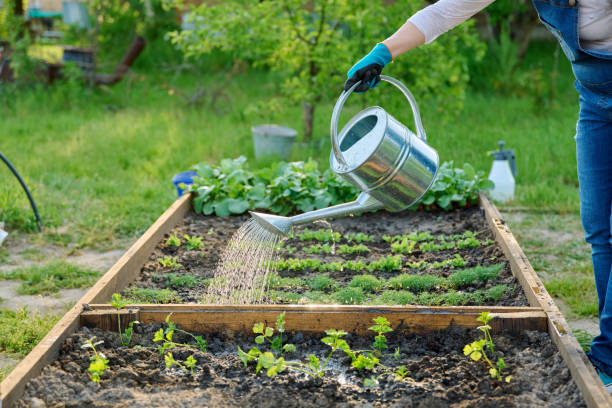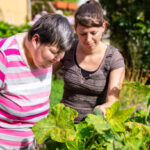Eco-Friendly Gardening: Sustainable Practices for a Green Thumb
This post contains affiliate links. I may earn a commission at no extra cost to you if you make a purchase. Note that I’m not a health or outdoor safety professional, so further research is advised. Your support keeps Outdoors A-Z running—thank you! Read the full disclosure.. Read the full disclosure here.
In today’s world, where environmental concerns are growing, more and more people are turning to eco-friendly practices in various aspects of their lives. One area where sustainable practices can make a significant impact is gardening. Eco-friendly gardening not only allows you to create a beautiful and thriving garden but also minimizes your ecological footprint. In this article, we will explore the principles and practices of eco-friendly gardening, helping you develop a green thumb while promoting sustainability.
Table of Contents
Introduction
Gardening is a fulfilling hobby that allows us to connect with nature and create a peaceful sanctuary right in our own backyard. However, traditional gardening practices can often be detrimental to the environment. The excessive use of water, synthetic fertilizers, and pesticides can harm local ecosystems and contribute to pollution. Eco-friendly gardening, on the other hand, embraces sustainable techniques that work in harmony with nature, ensuring the long-term health of our planet.
Understanding Eco-Friendly Gardening
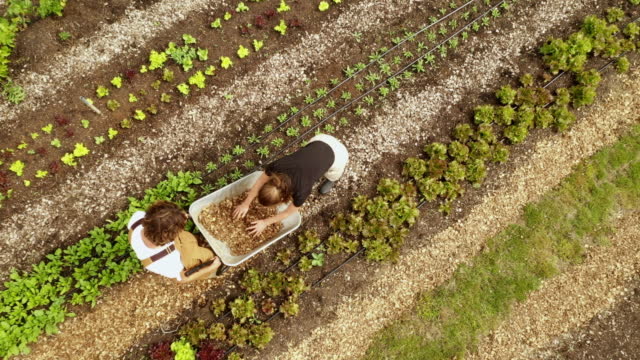
Eco-friendly gardening, also known as sustainable or organic gardening, involves adopting practices that minimize the use of synthetic chemicals and promote natural processes. By working with nature rather than against it, we can create thriving gardens while protecting the environment. This approach involves careful plant selection, water conservation, composting, natural pest control, and sustainable garden design and maintenance.
Benefits of Eco-Friendly Gardening
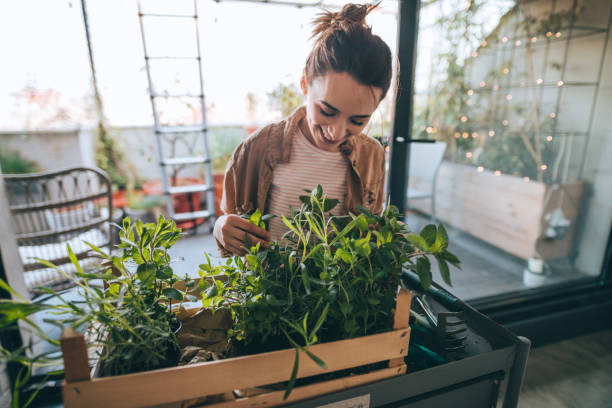
Embracing eco-friendly gardening practices offers numerous benefits. Firstly, it reduces our reliance on synthetic chemicals, which can be harmful to human health and the environment. By avoiding the use of chemical fertilizers and pesticides, we create a safer and healthier environment for ourselves, our families, and local wildlife. Additionally, eco-friendly gardening promotes biodiversity, attracting beneficial insects, birds, and other wildlife to our gardens.
Choosing the Right Plants for Your Eco-Friendly Garden
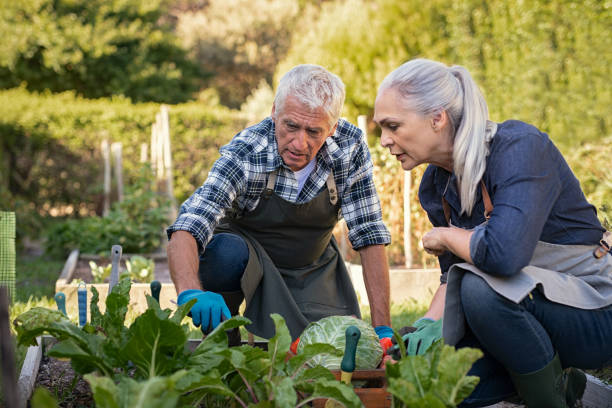
To create an eco-friendly garden, it’s essential to choose the right plants. Native and drought-tolerant plants are excellent choices as they are adapted to the local climate and require less water and maintenance. These plants have evolved to thrive in the specific conditions of your region, making them more resilient and less dependent on external inputs. Another option is to incorporate perennial plants into your garden, which come back year after year, reducing the need for replanting.
Composting: The Key to a Thriving Eco-Friendly Garden

Composting is a fundamental practice in eco-friendly gardening. It involves the decomposition of organic matter, such as kitchen scraps and yard waste, into nutrient-rich compost. Compost improves soil health, enhances fertility, and reduces the need for synthetic fertilizers. To start composting, gather a mix of “green” materials (like fruit and vegetable scraps) and “brown” materials (such as dry leaves or straw). Ensure proper aeration, moisture, and a balanced carbon-to-nitrogen ratio to speed up the decomposition process.
Water Conservation Techniques for Eco-Friendly Gardening
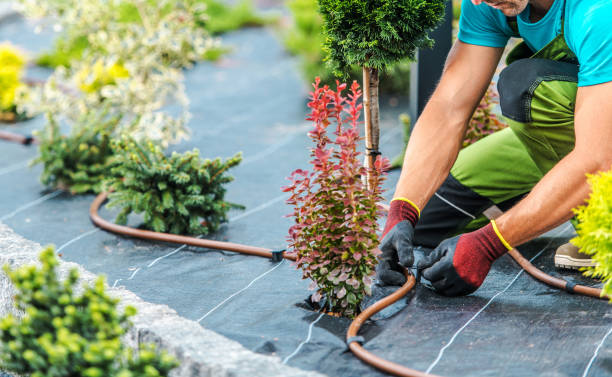
Water conservation is a crucial aspect of eco-friendly gardening, particularly in regions prone to drought. Efficient watering practices, such as using drip irrigation or soaker hoses, can minimize water waste by delivering water directly to the plants’ roots. Another sustainable technique is rainwater harvesting, where you collect rainwater in barrels or tanks and use it to irrigate your garden during dry periods. Mulching is also beneficial as it helps retain moisture in the soil and prevents evaporation.
Natural Pest Control Methods for an Eco-Friendly Garden

In eco-friendly gardening, controlling pests is approached using natural and environmentally friendly methods. Integrated Pest Management (IPM) is a holistic approach that involves monitoring pests, identifying the least harmful methods of control, and using pesticides only as a last resort. Encouraging beneficial insects, such as ladybugs and lacewings, to your garden can help control harmful pests naturally. Companion planting, where certain plants are grown together for mutual benefit, can also deter pests and enhance biodiversity.
Sustainable Garden Design and Maintenance
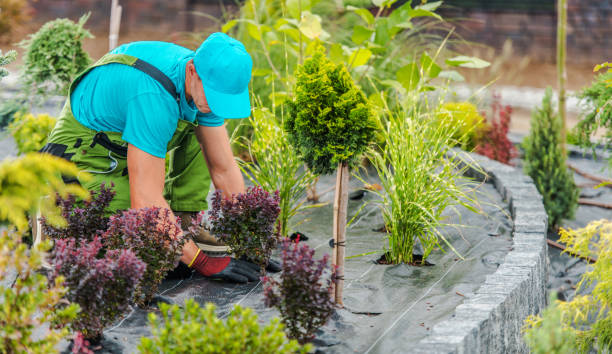
Designing and maintaining a sustainable garden involves careful consideration of various factors. Incorporating garden design principles such as utilizing space efficiently, creating biodiversity hotspots, and maximizing natural light can contribute to a sustainable and visually appealing garden. Efficient irrigation systems, such as using rain sensors or smart controllers, help reduce water usage. Proper garden maintenance, including timely pruning, weeding, and soil care, ensures the long-term health and productivity of your garden.
Final Thoughts
Eco-friendly gardening is not only a rewarding and enjoyable activity but also a way to contribute to the well-being of the planet. By implementing sustainable practices such as plant selection, composting, water conservation, and natural pest control, we can create thriving gardens while minimizing our impact on the environment. Embrace the principles of eco-friendly gardening and watch your garden flourish while making a positive difference in the world.
FAQs
How can I start composting in my garden?
To start composting, collect a mix of green and brown materials, create a compost pile or use a compost bin, and ensure proper aeration and moisture. Turn the compost regularly to speed up decomposition, and in a few months, you’ll have nutrient-rich compost for your garden.
Are native plants more resilient to pests and diseases?
Yes, native plants have evolved alongside local pests and diseases, making them more resistant and resilient. By incorporating native plants in your garden, you can reduce the need for chemical pest control and promote biodiversity.
What is the advantage of using rainwater for gardening?
Using rainwater for gardening reduces your reliance on treated water sources, conserves water, and saves money on your water bill. Rainwater is also free from chlorine and other chemicals present in tap water, which can benefit your plants.
How can I attract beneficial insects to my garden?
To attract beneficial insects like ladybugs and lacewings, plant nectar-rich flowers, provide shelter through hedgerows or insect hotels, and avoid using chemical pesticides that can harm these beneficial creatures.
What are some low-maintenance perennial plants for beginners?
Some low-maintenance perennial plants suitable for beginners include lavender, coneflowers, black-eyed Susans, and ornamental grasses. These plants are hardy, require minimal care, and add beauty to your garden year after year.

